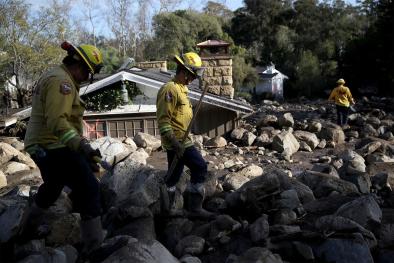Science Source
Humidity determines snowpack ablation under a warming climate
- Uses long-term records from across the western United States to demonstrate that atmospheric humidity is a major control on how seasonal snow responds to warming temperatures
- Demonstrates how atmospheric humidity and solar radiation interact with warming temperature to control snowpack ablation at 462 sites spanning a gradient in mean winter temperature from −8.9 to +2.9 °C
- Observes an increase in the frequency and magnitude of episodic winter melt events under higher humidity that may alter the timing of water availability
- Finds in lower-humidity regions, however, warming is associated with increased sublimation and/or evaporation from the snowpack further reducing the amount of available water in these dry regions
Related Content
Headline

Oct 15, 2021 | ABC 7 Denver
Colorado drought worsens as report says climate change causing higher temps in Southwest
Science Source
| Proceedings of the National Academy of Sciences
Global snow drought hot spots and characteristics
Huning and AghaKouchak
Science Source
| Geophysical Research Letters
Extreme Runoff Generation From Atmospheric River Driven Snowmelt During the 2017 Oroville Dam Spillways Incident
Brian Henn, Keith N. Musselman, Leanne Lestak et al
Headline

Dec 10, 2019 | Bloomberg
California Threats Jump from Fires to Floods as Wet Season Hits


